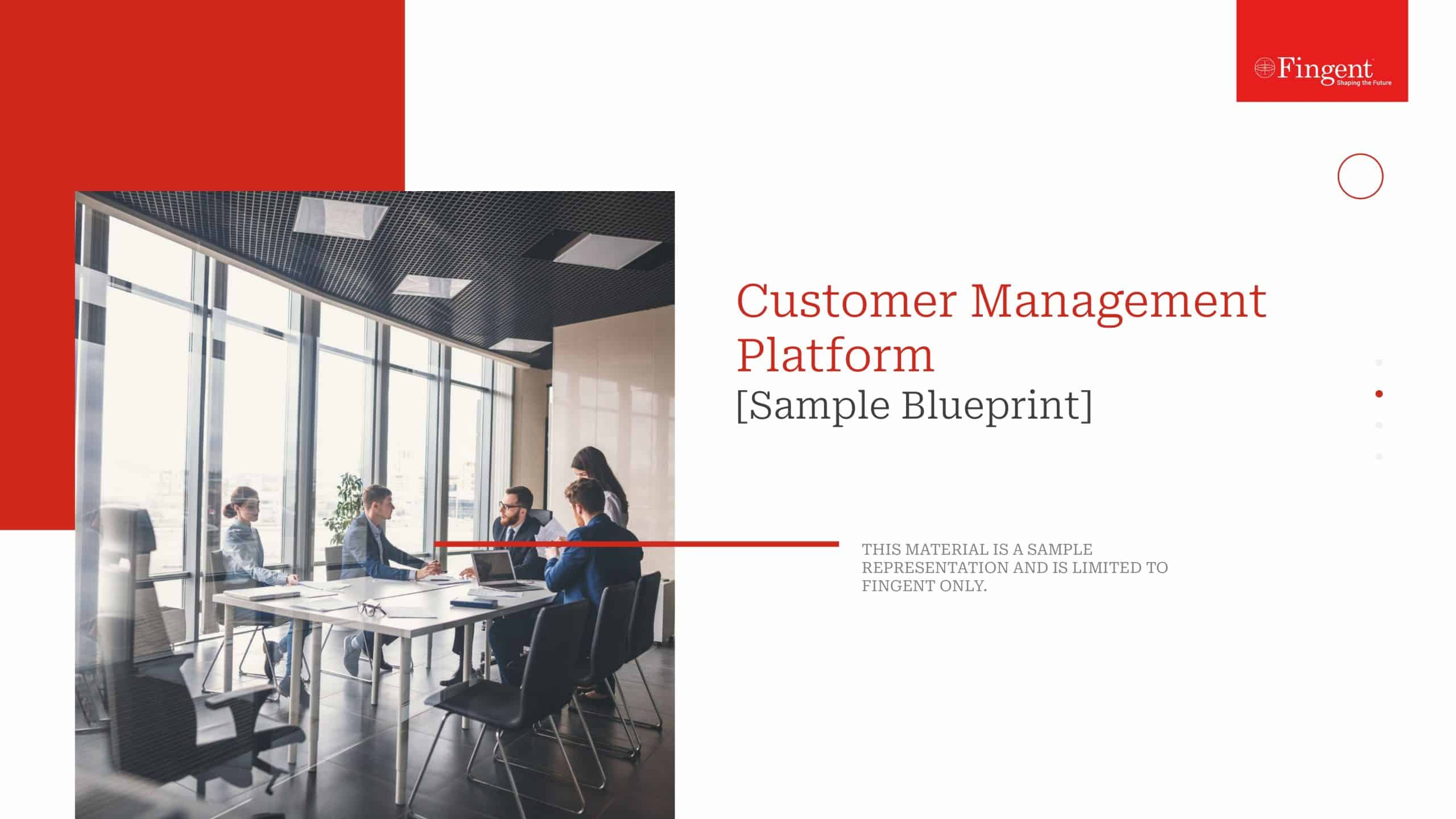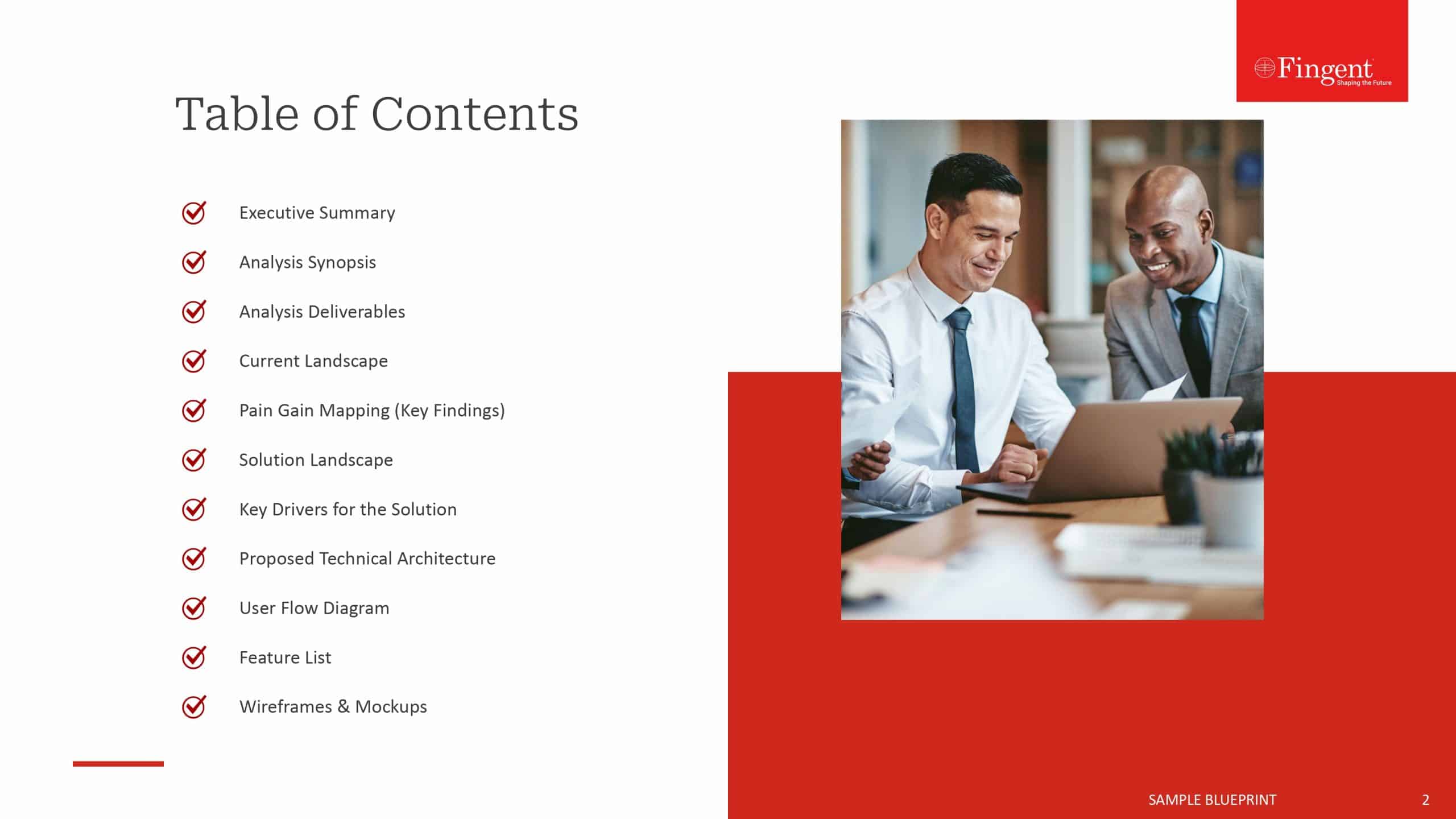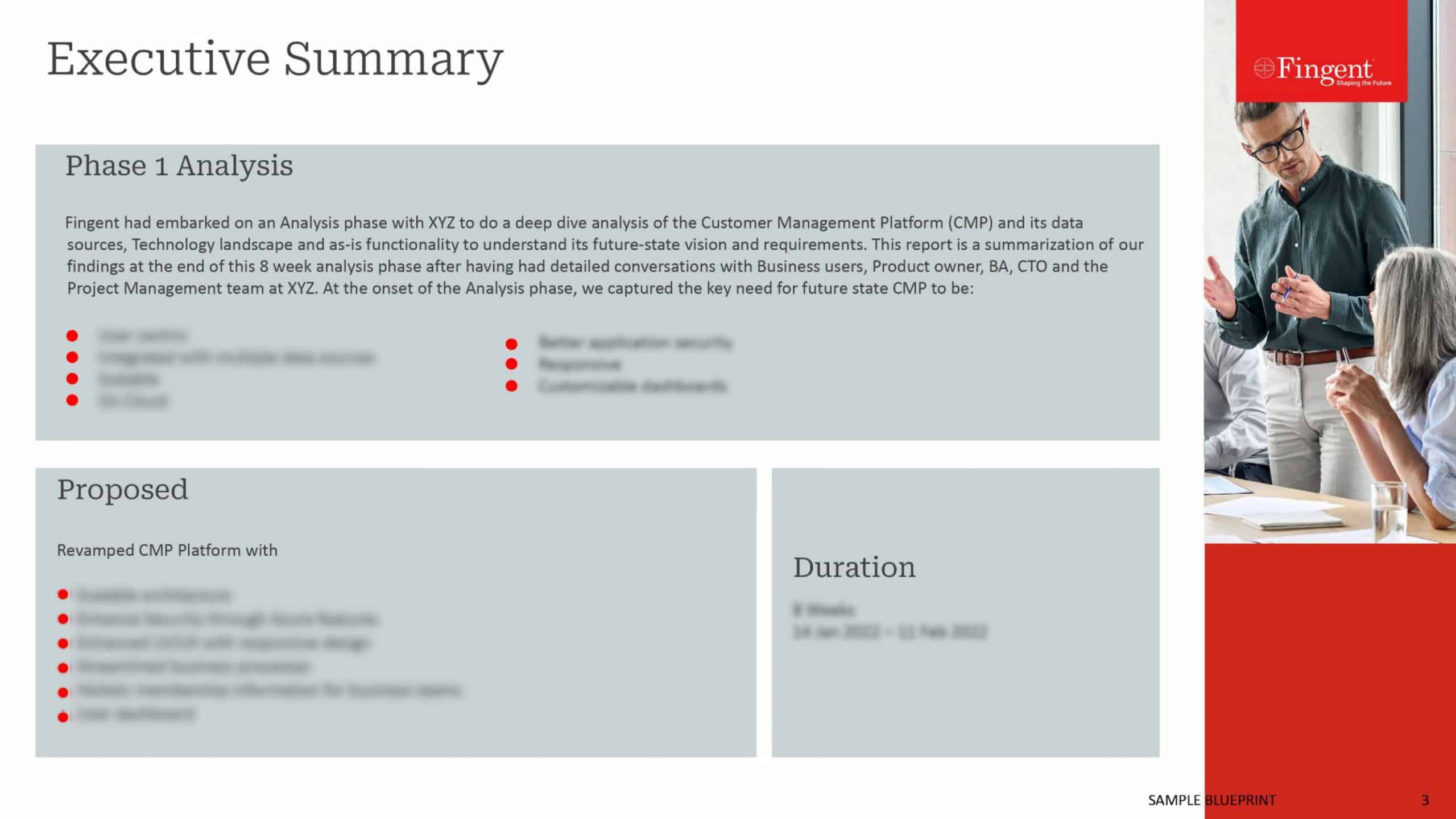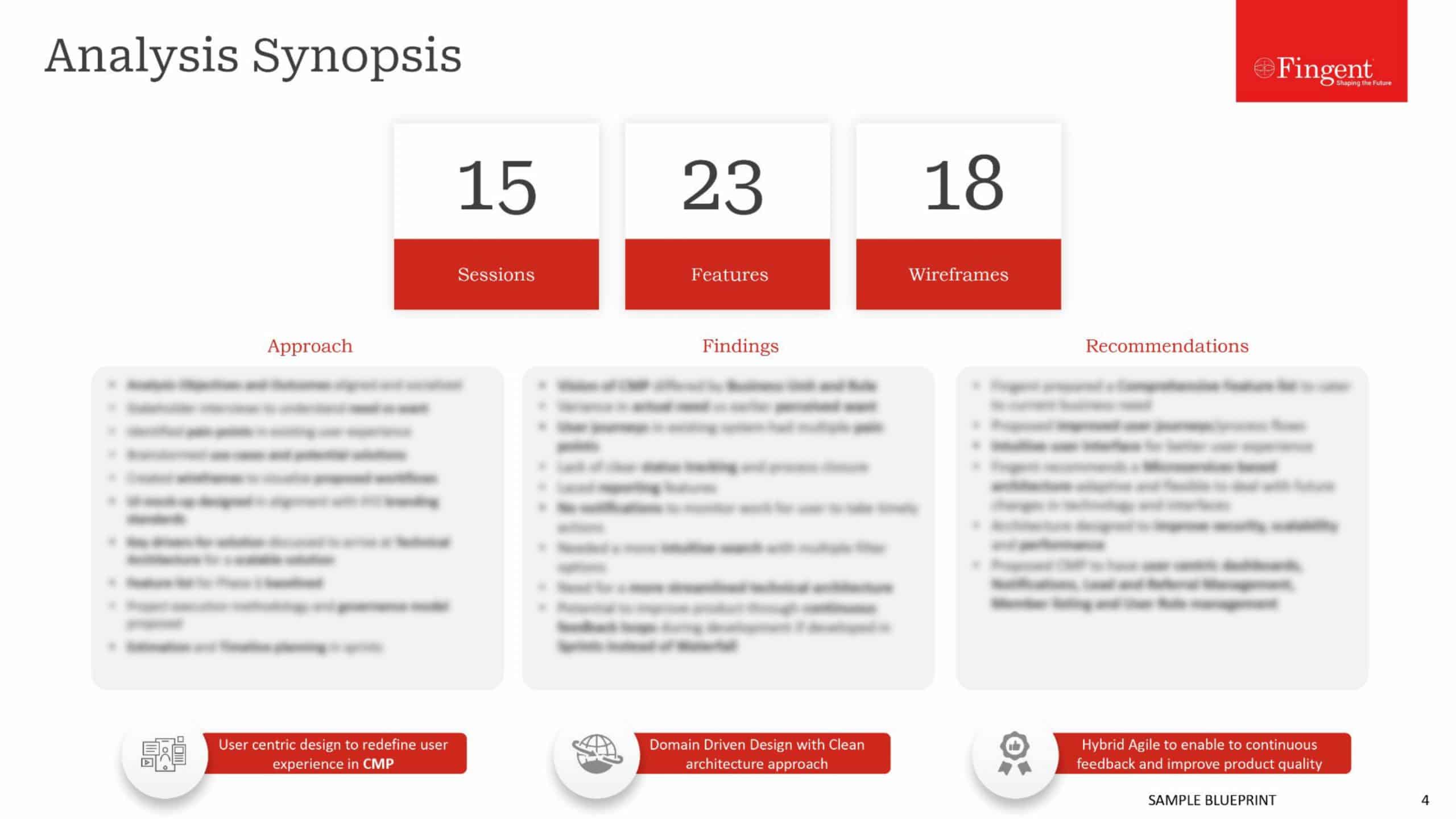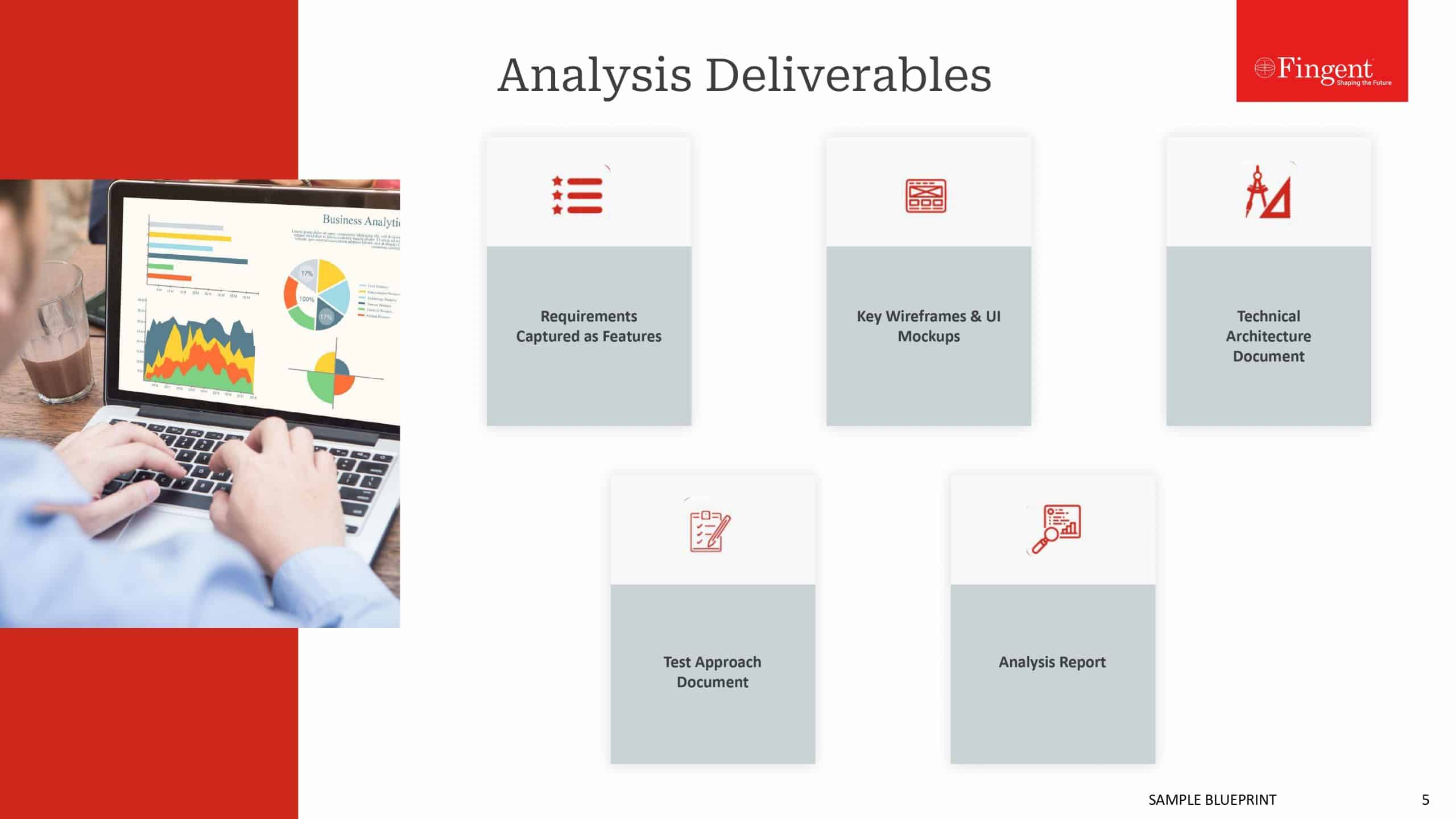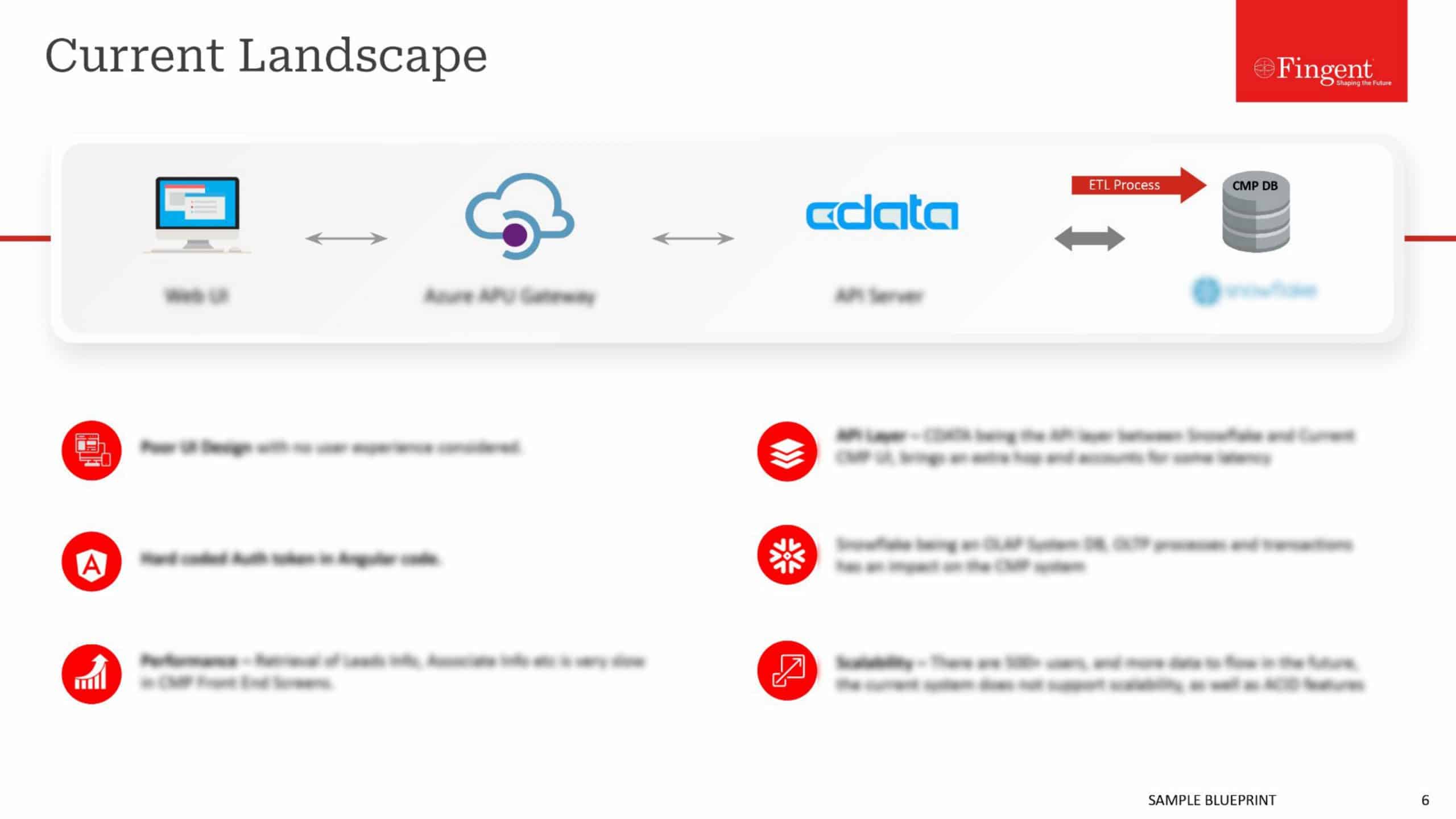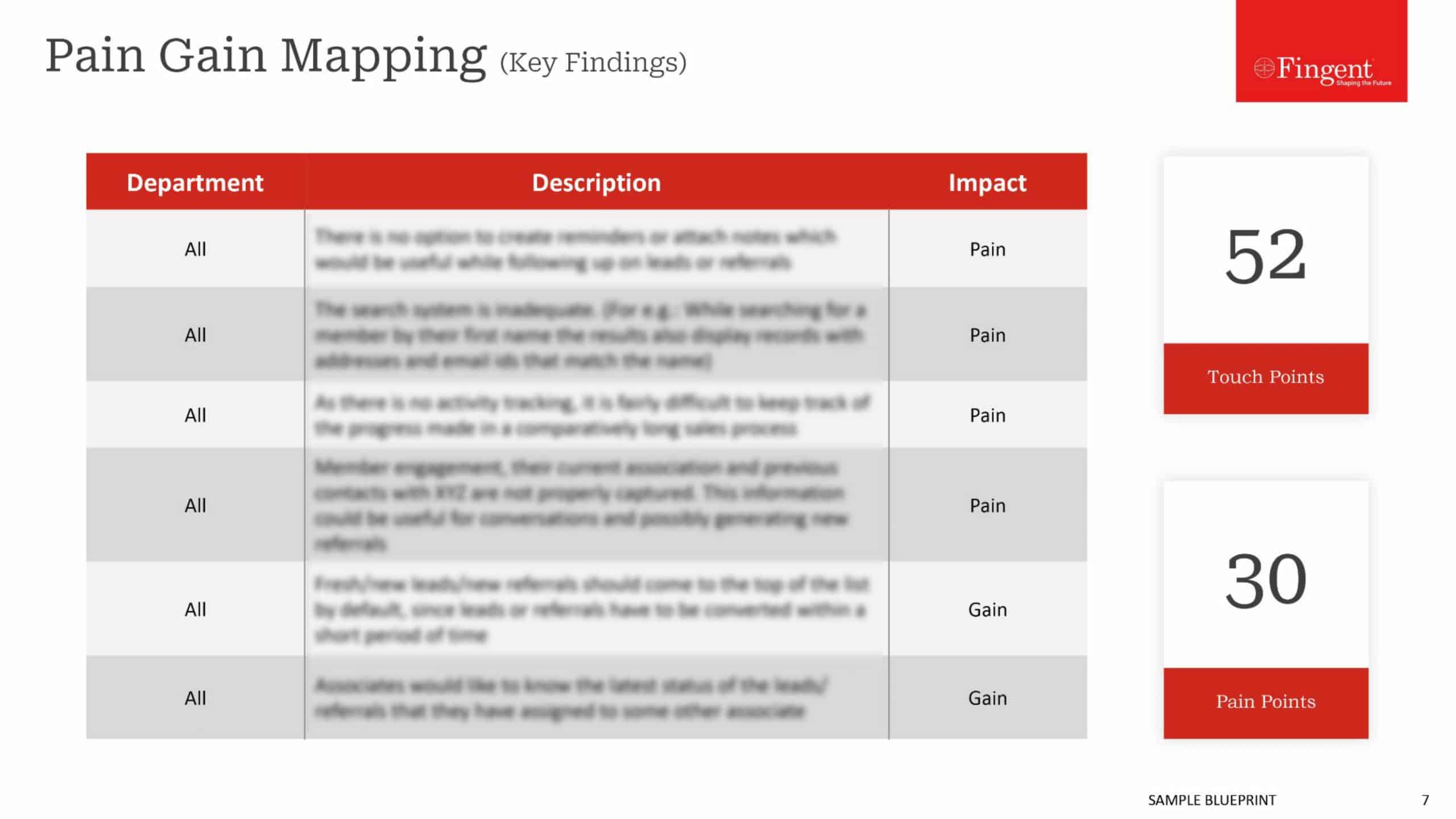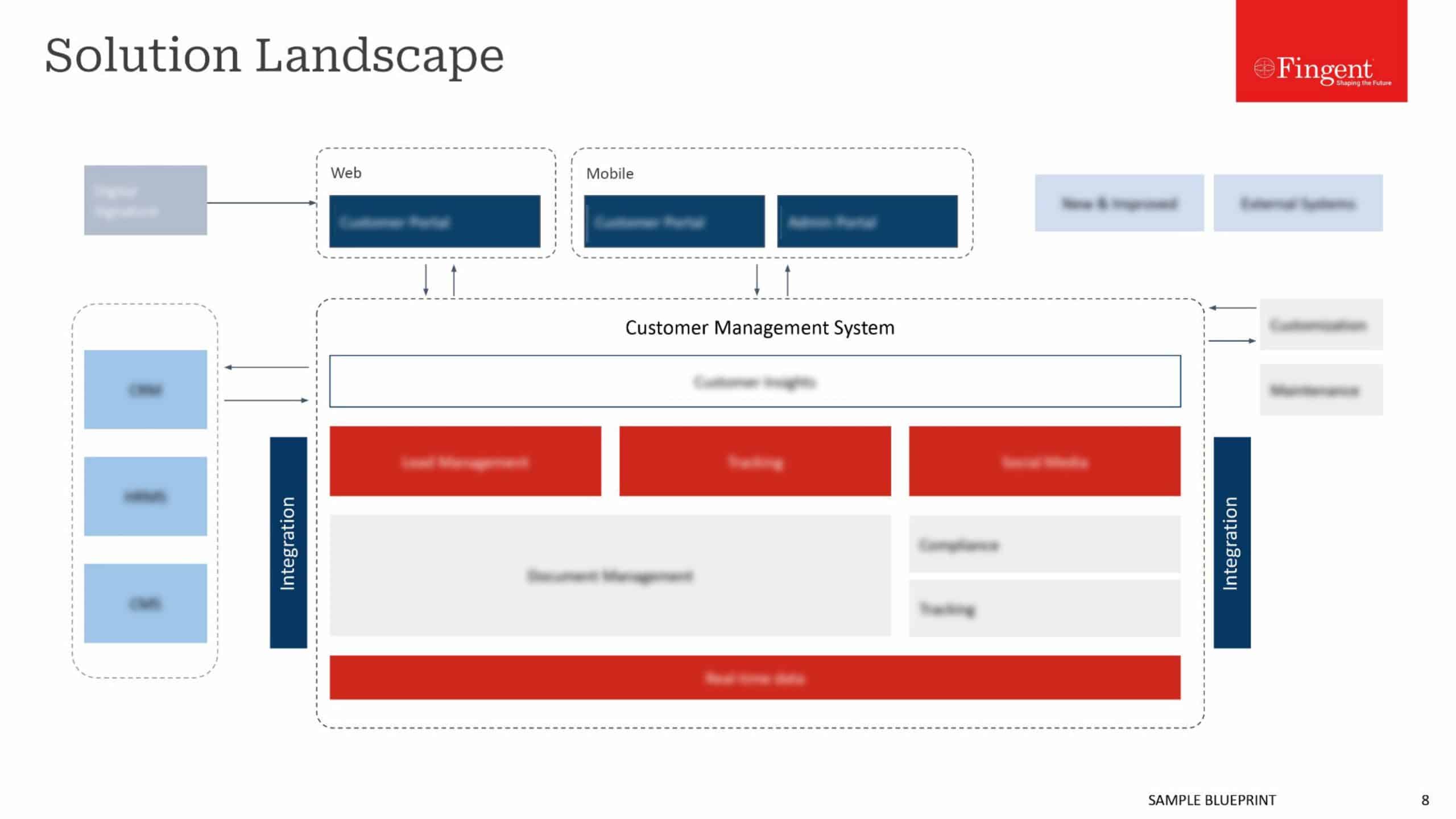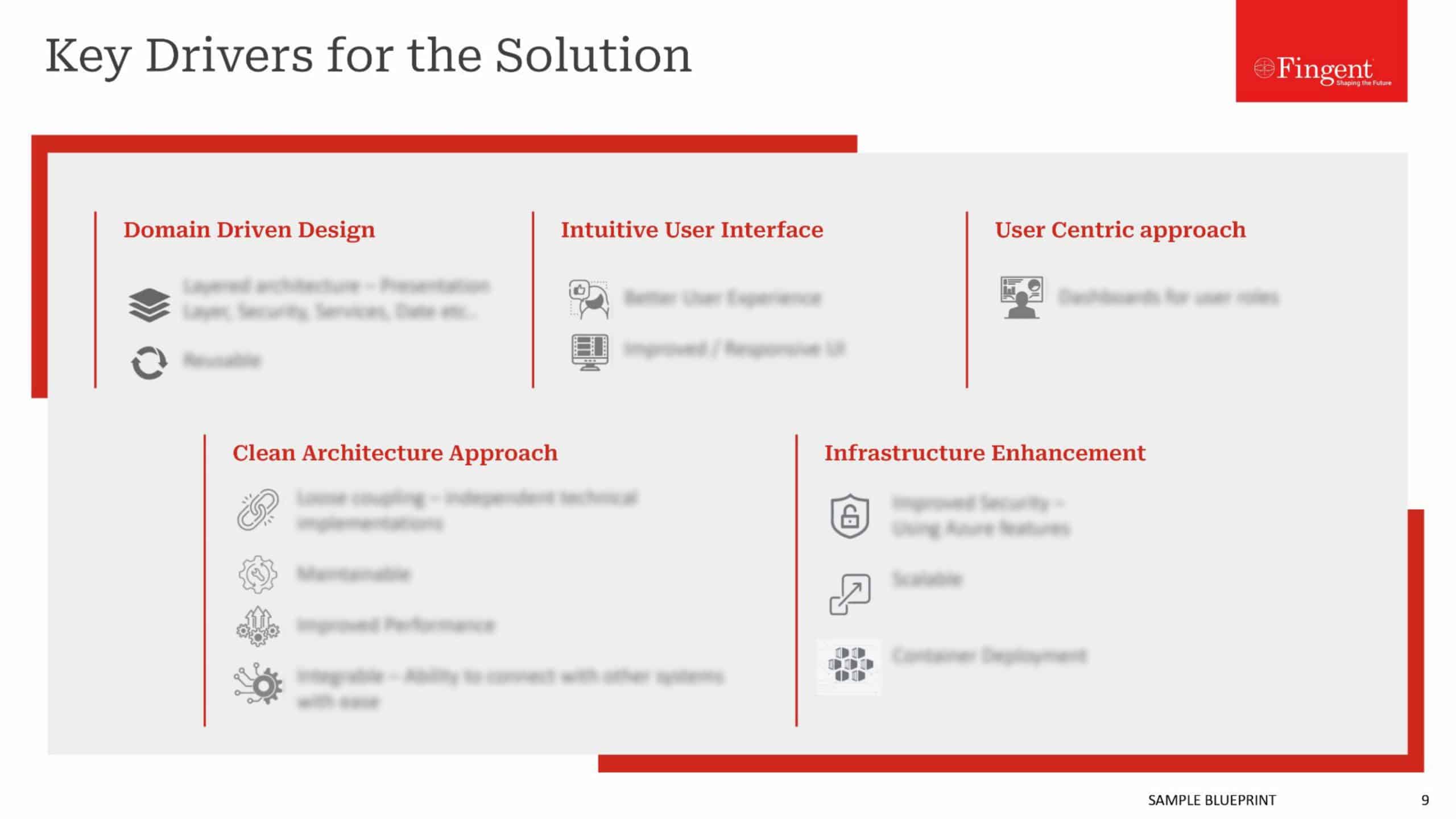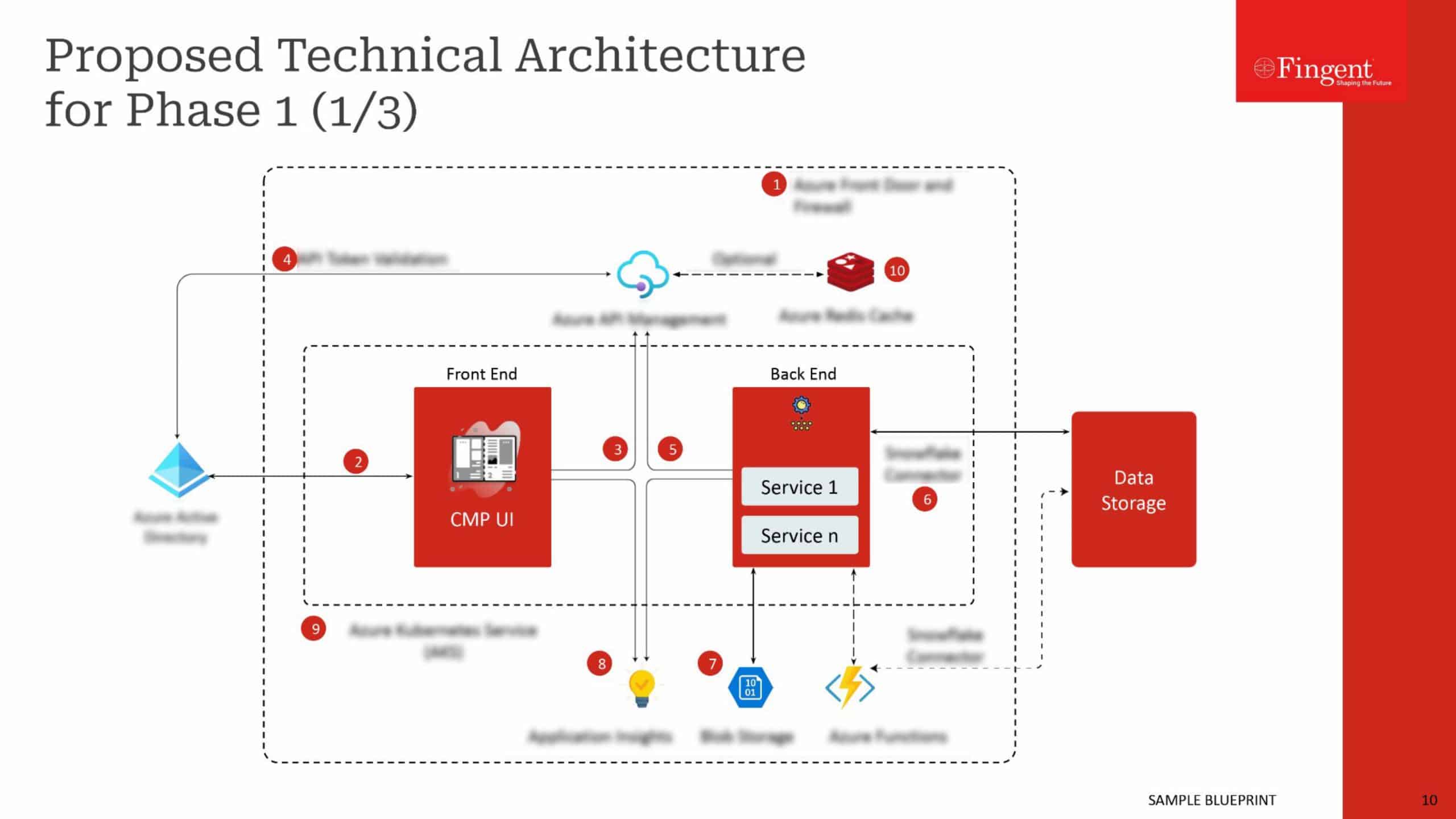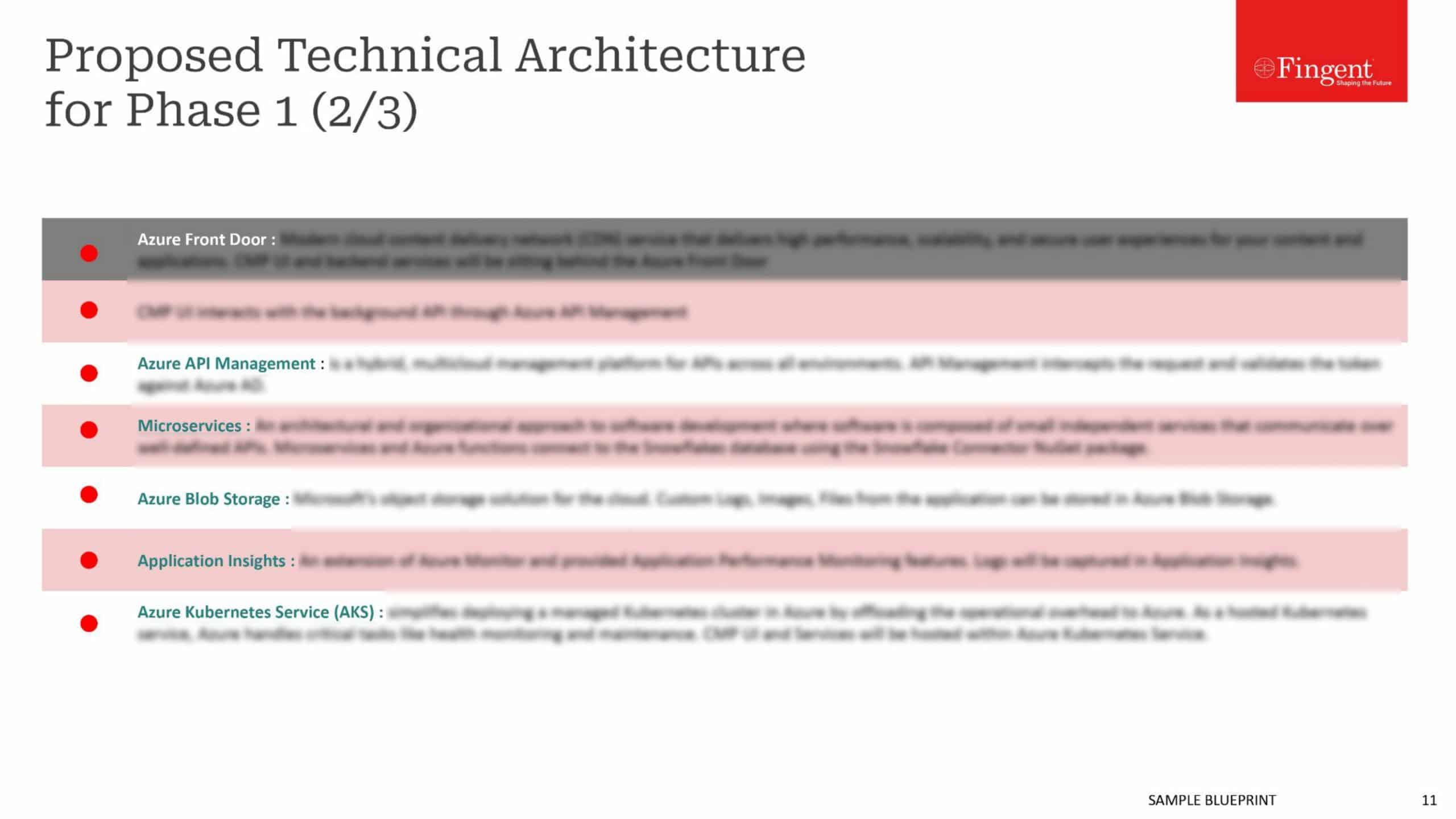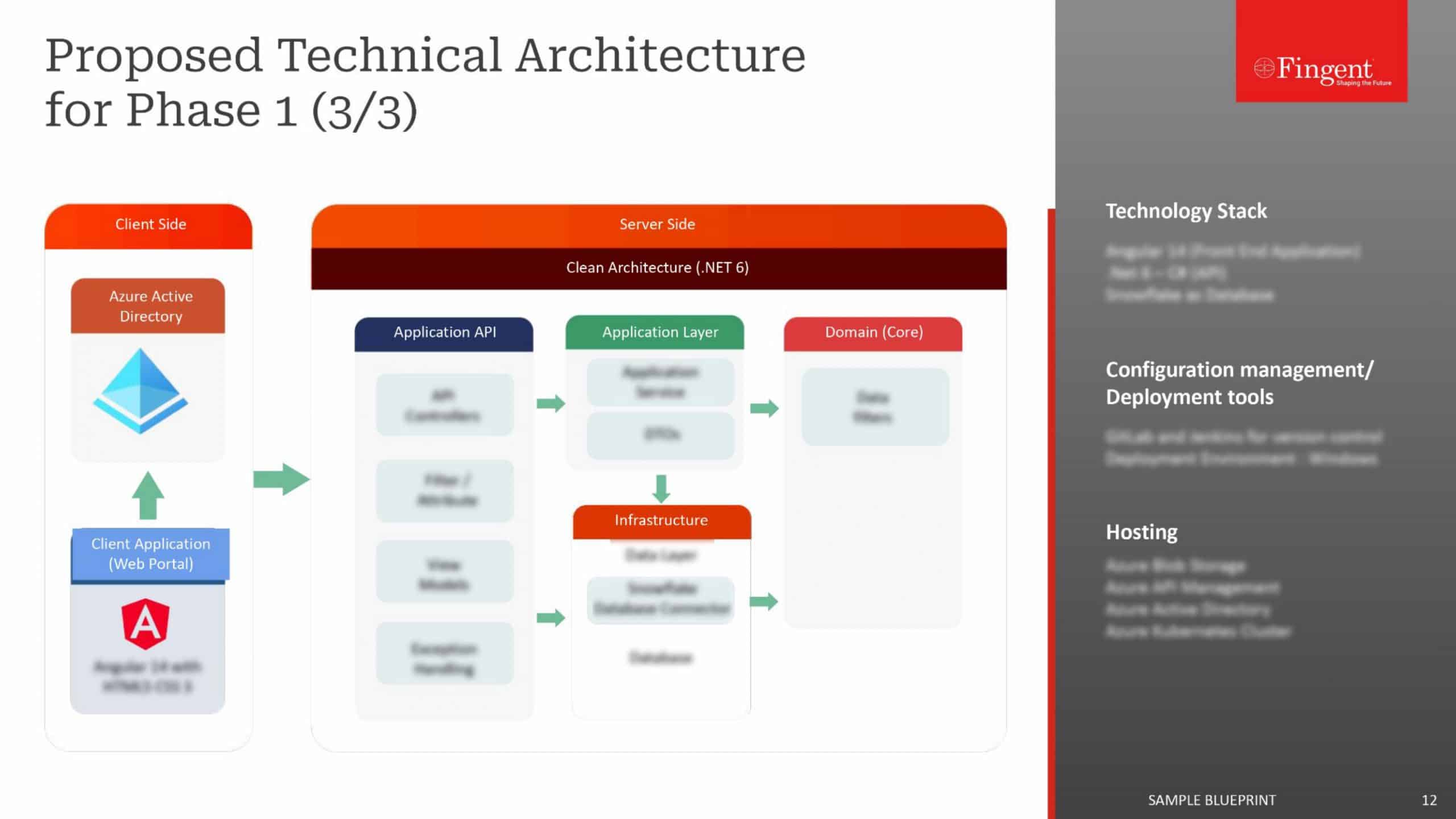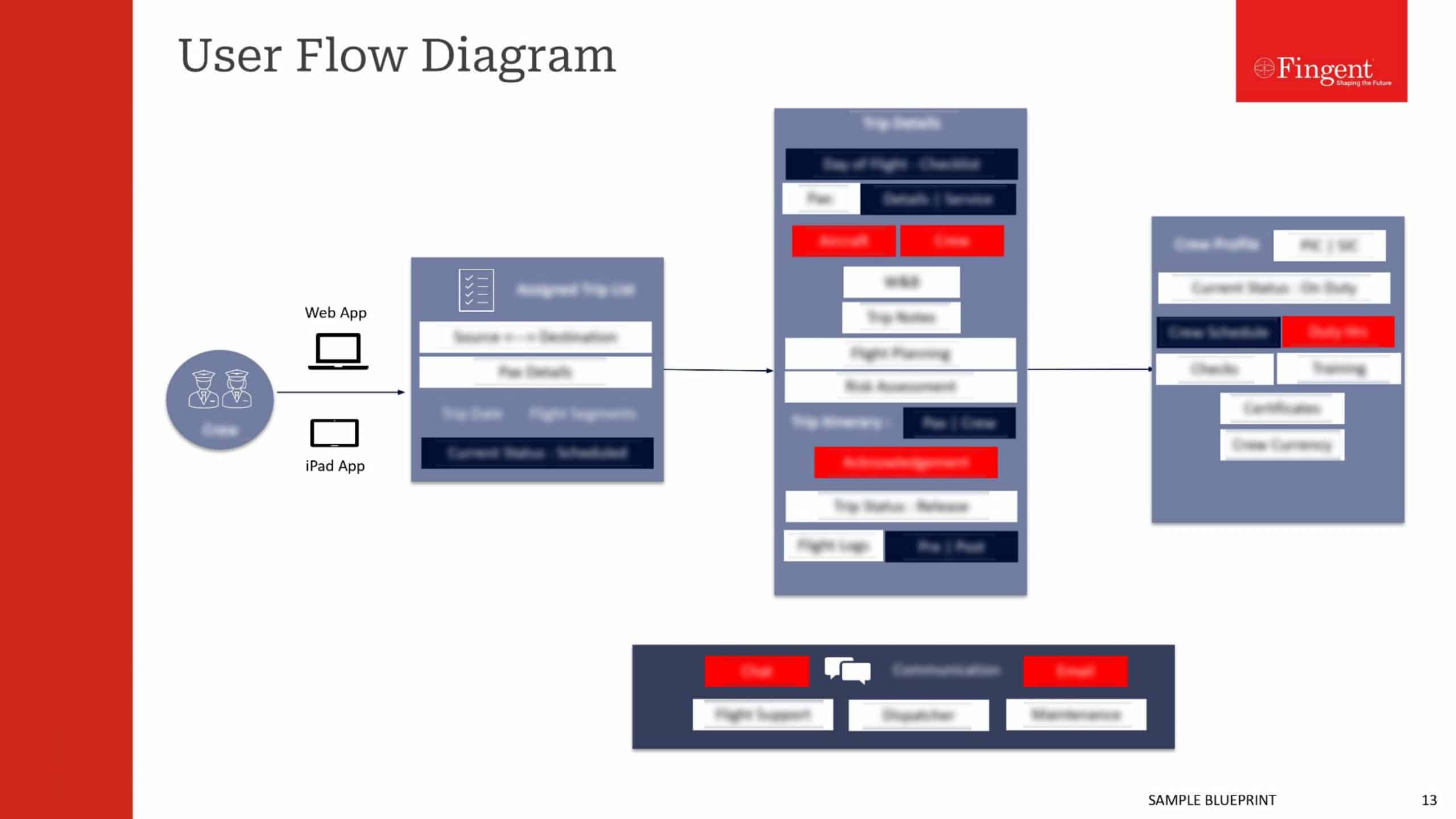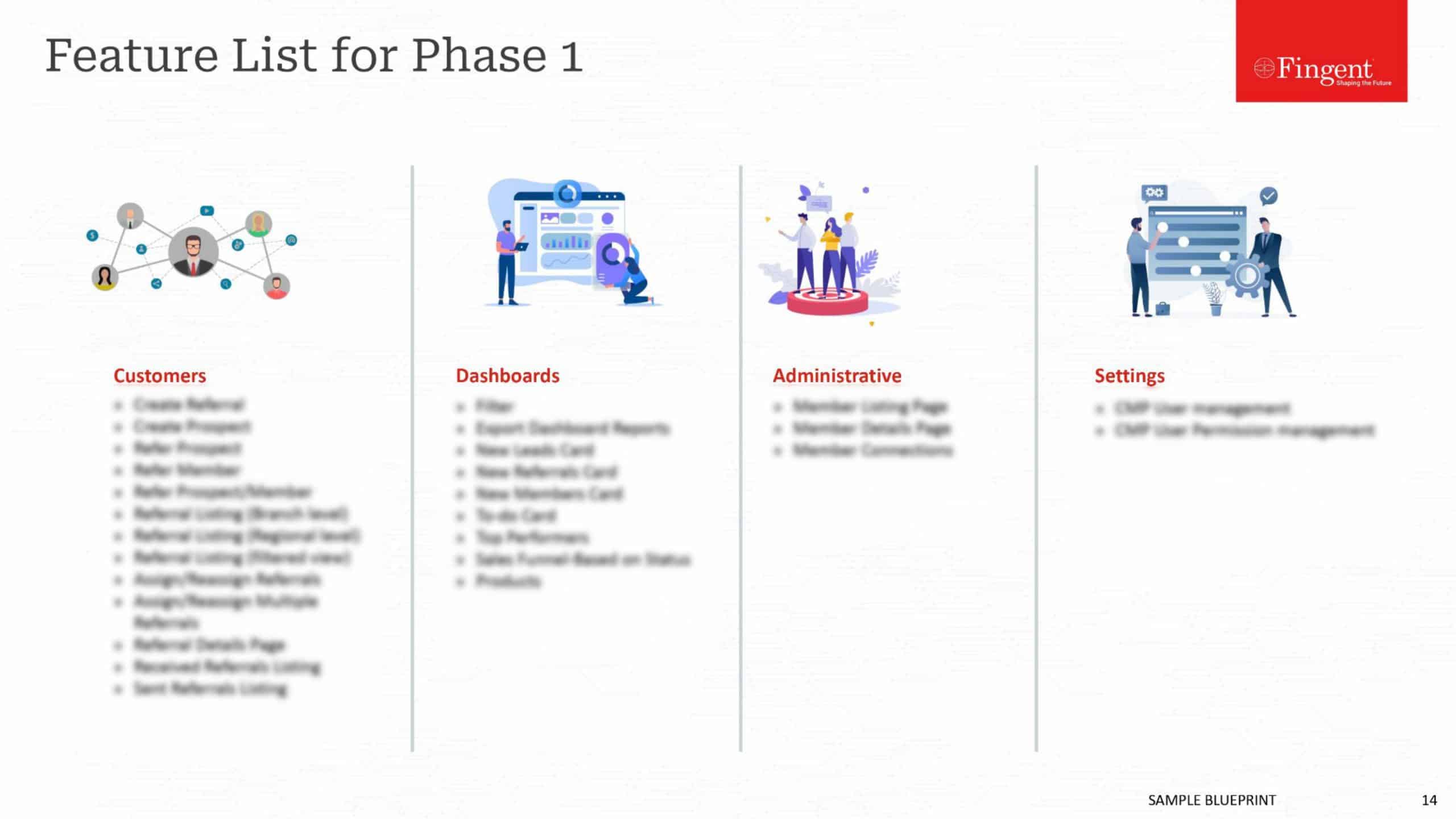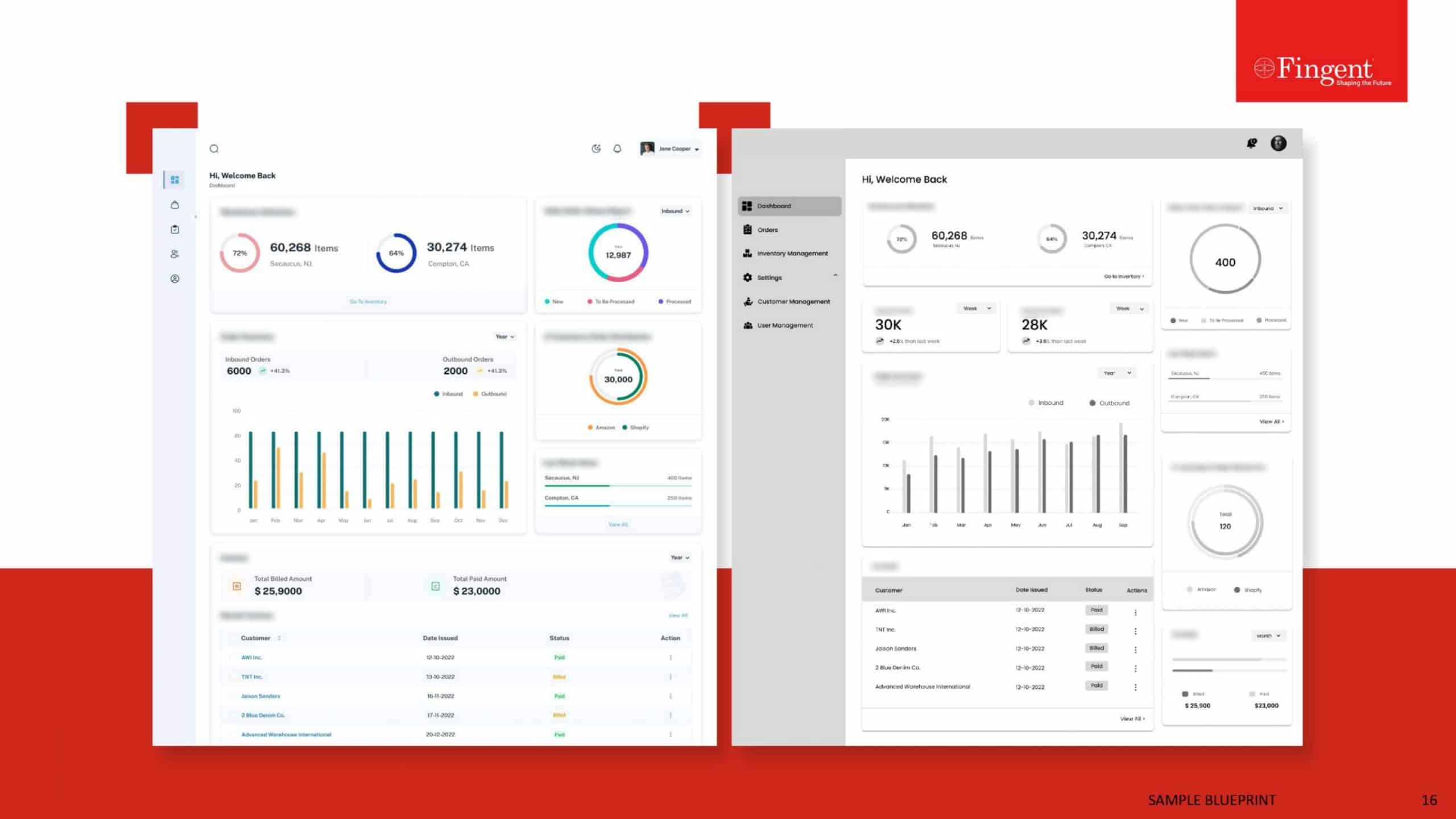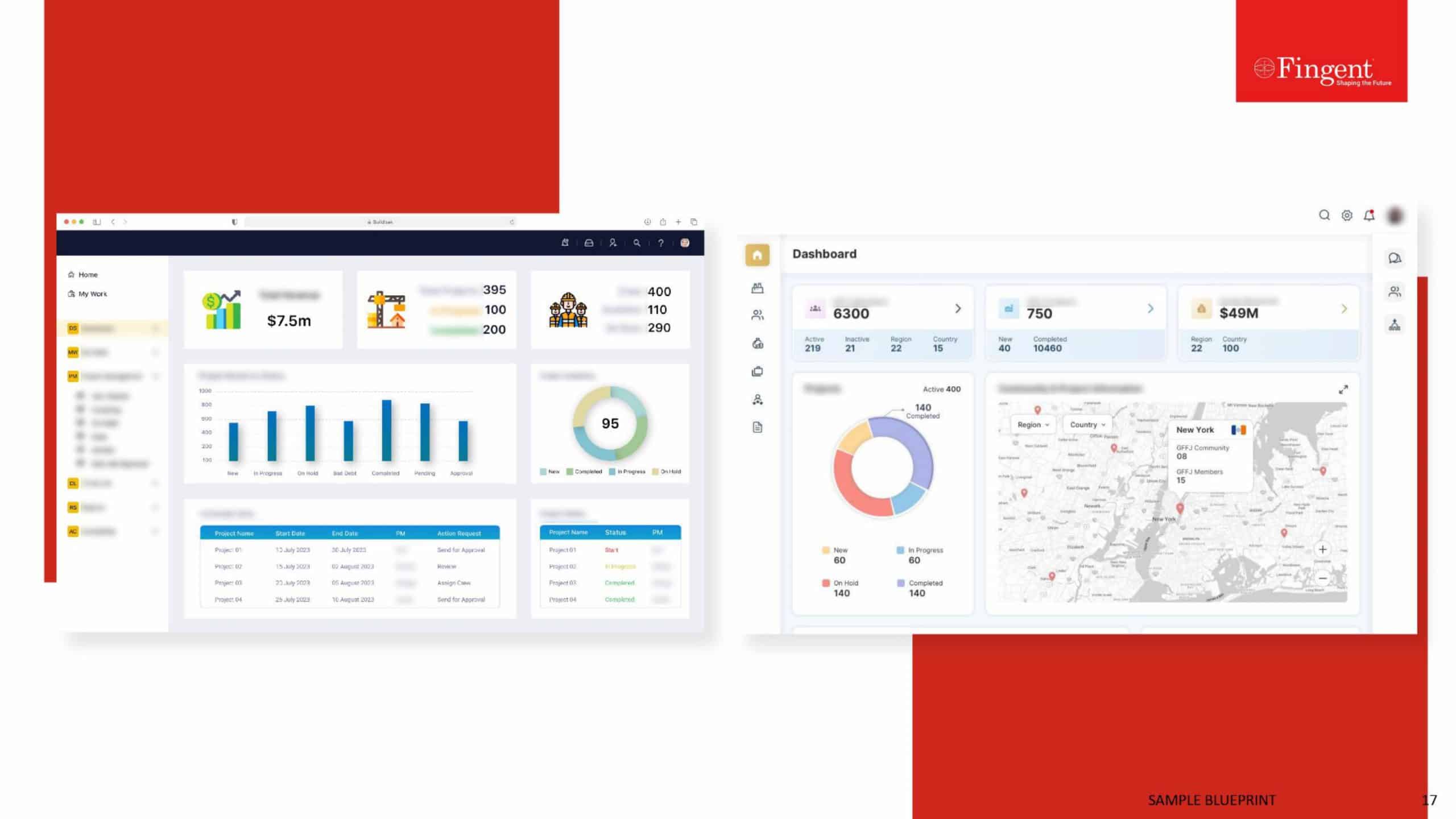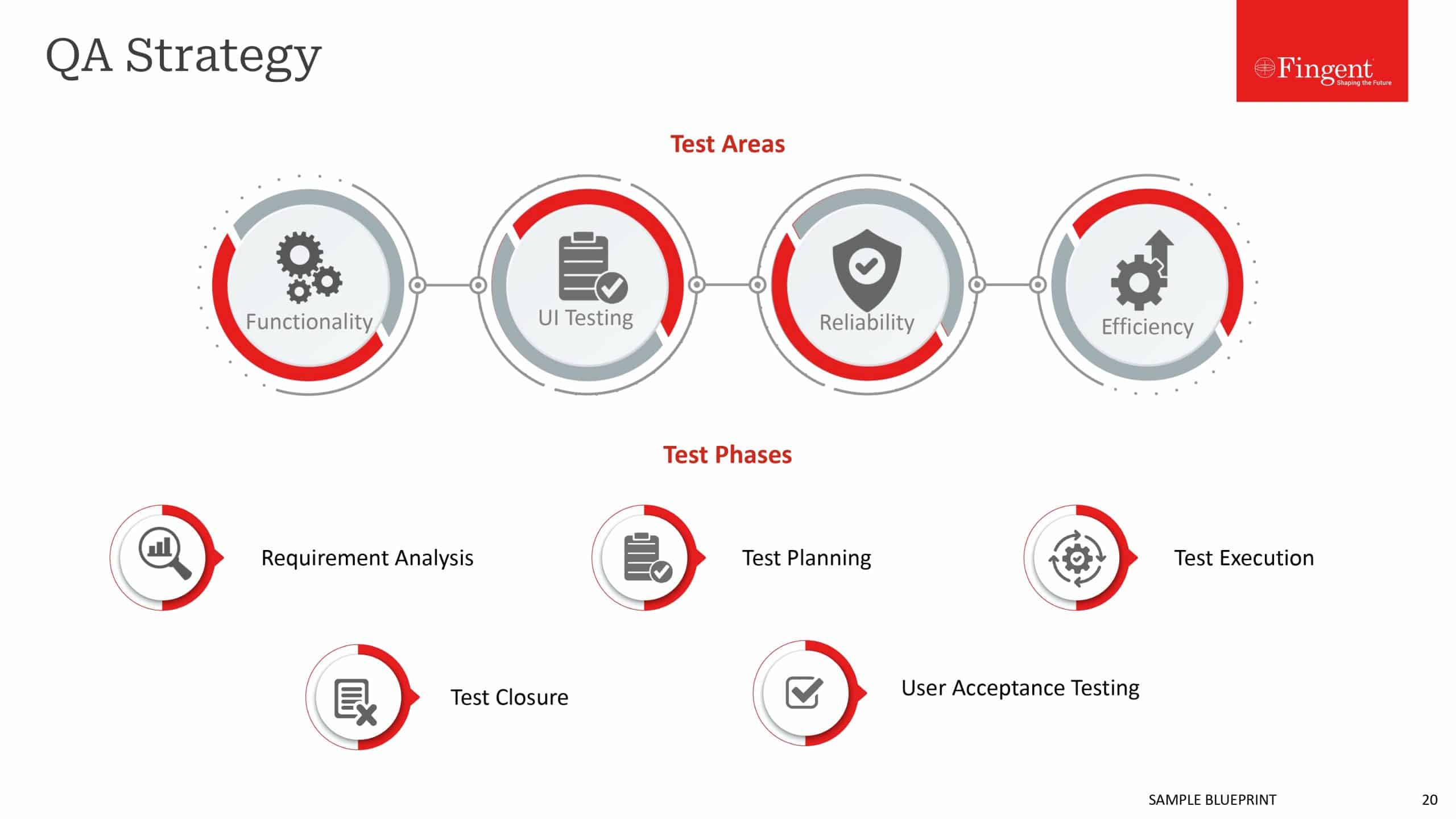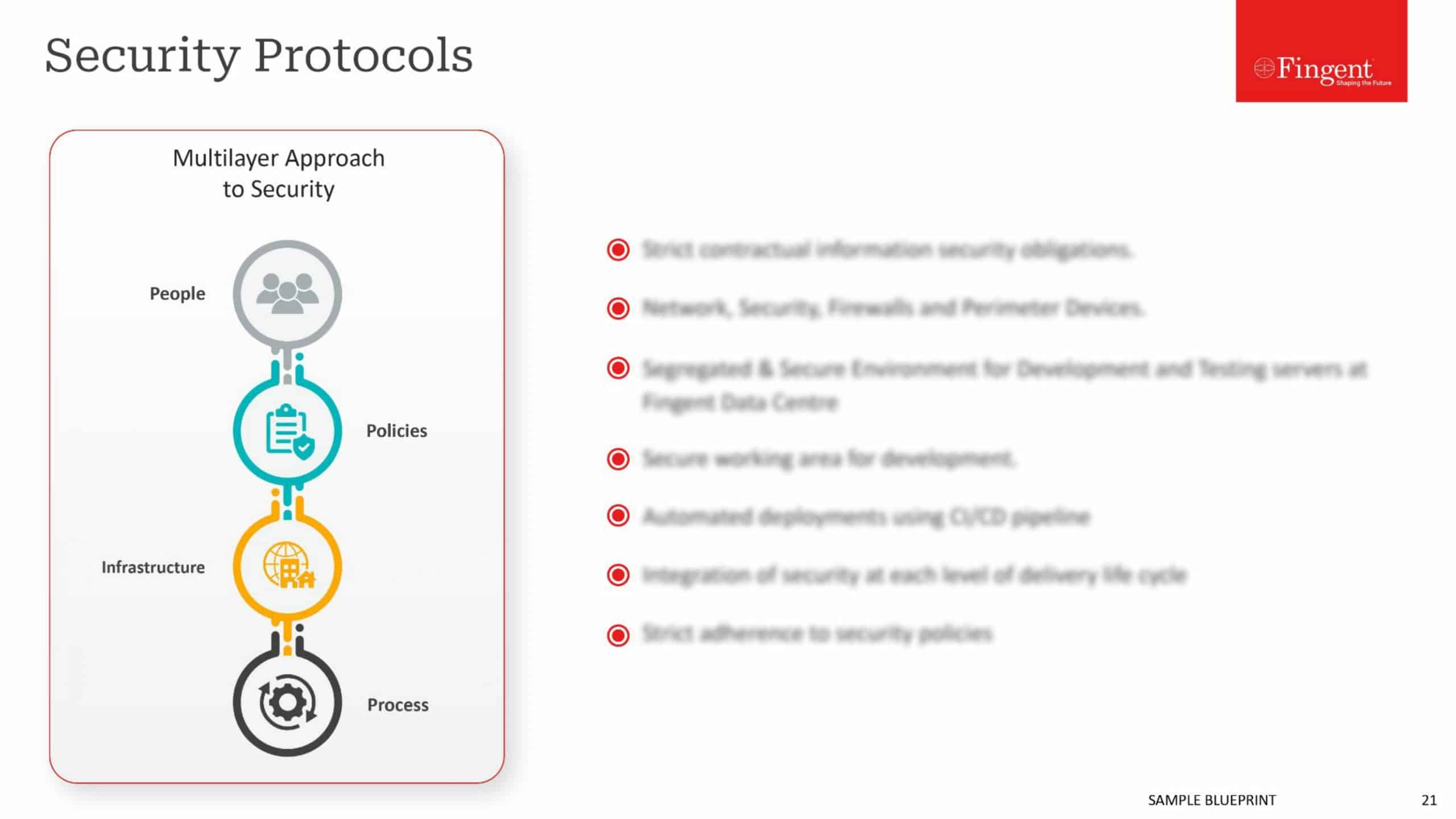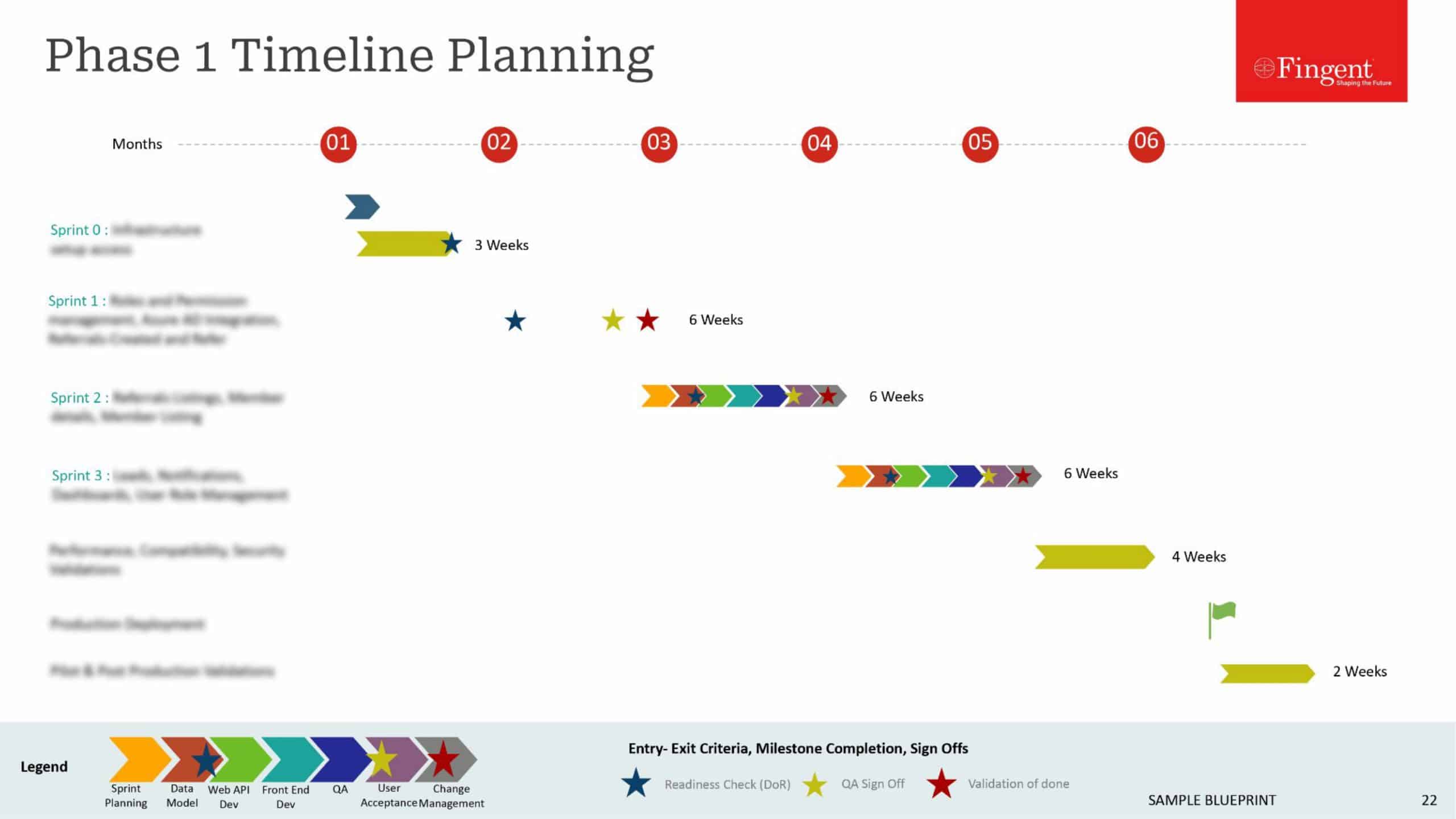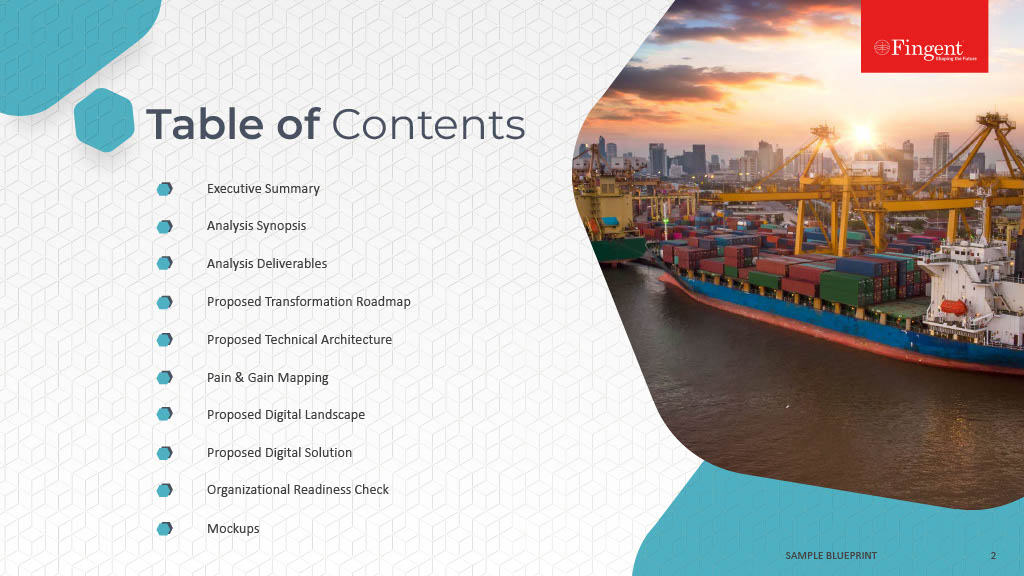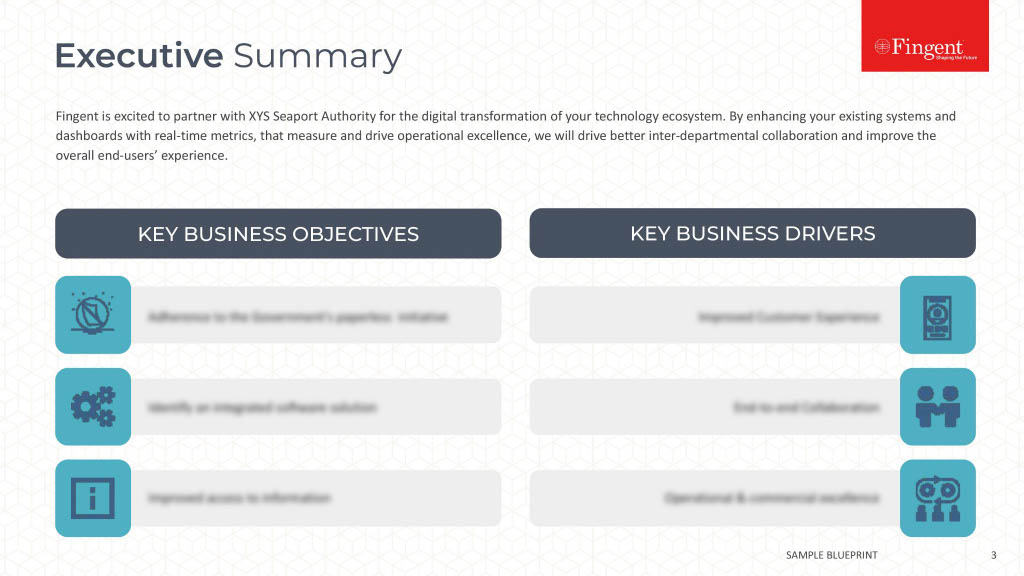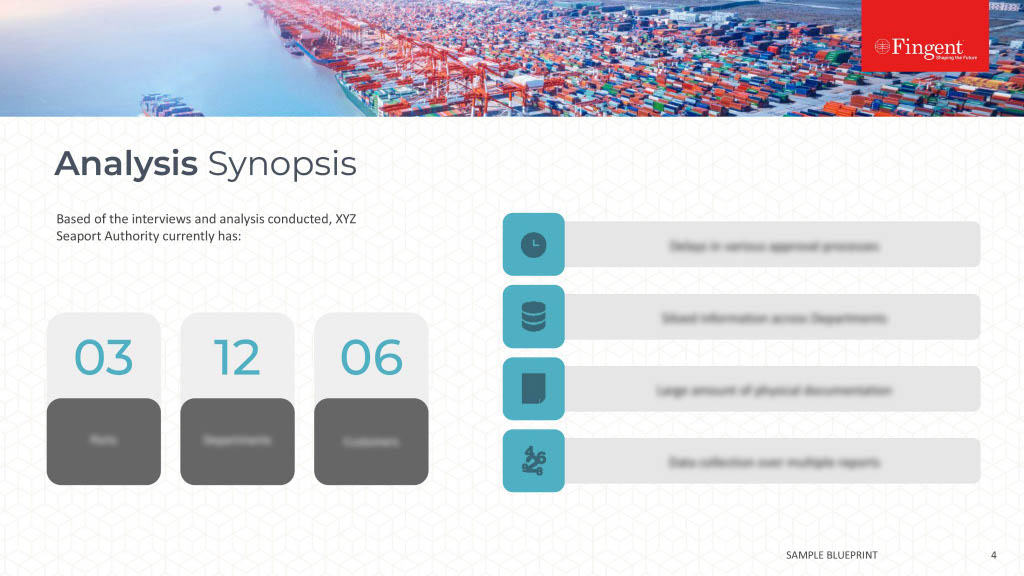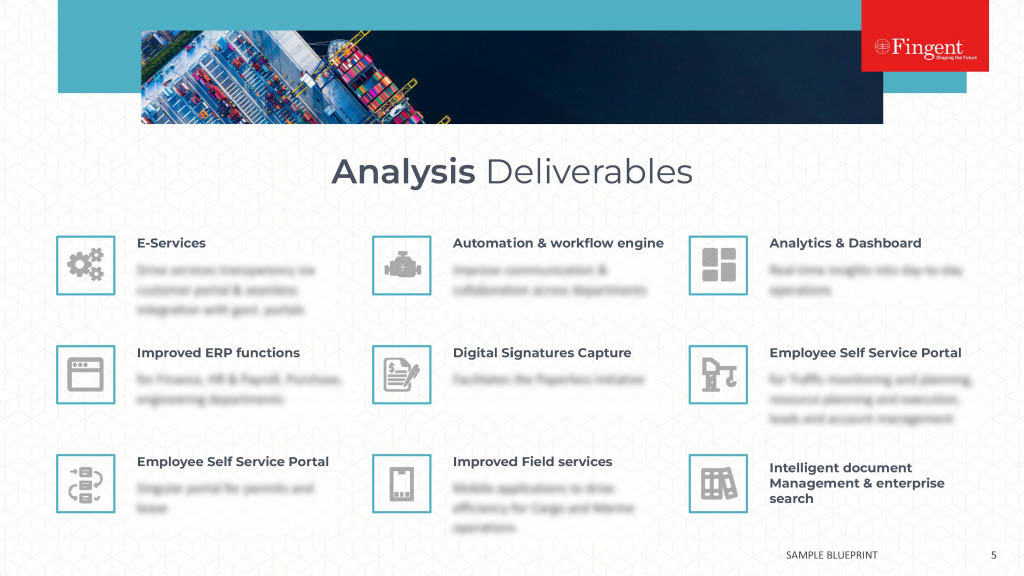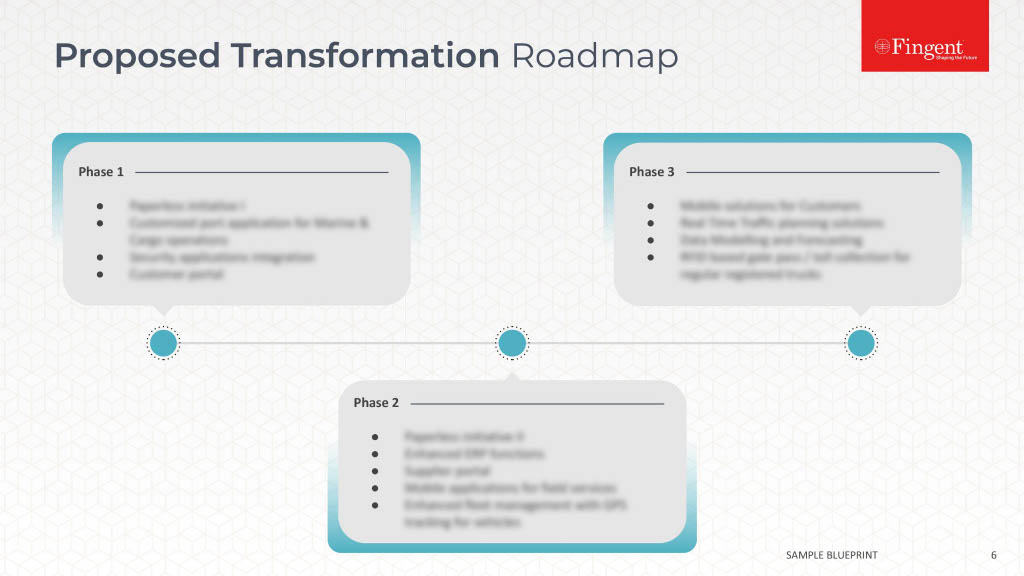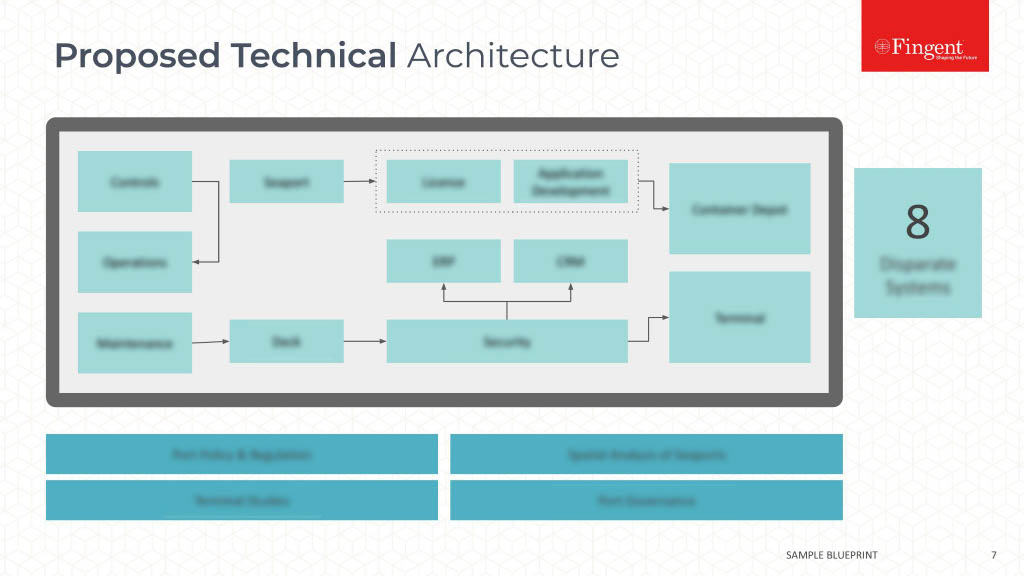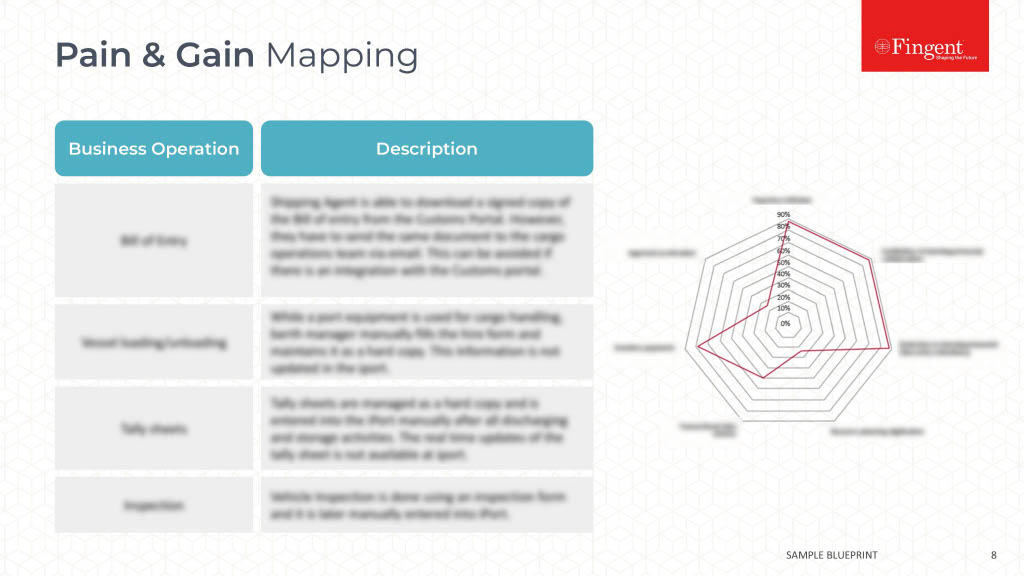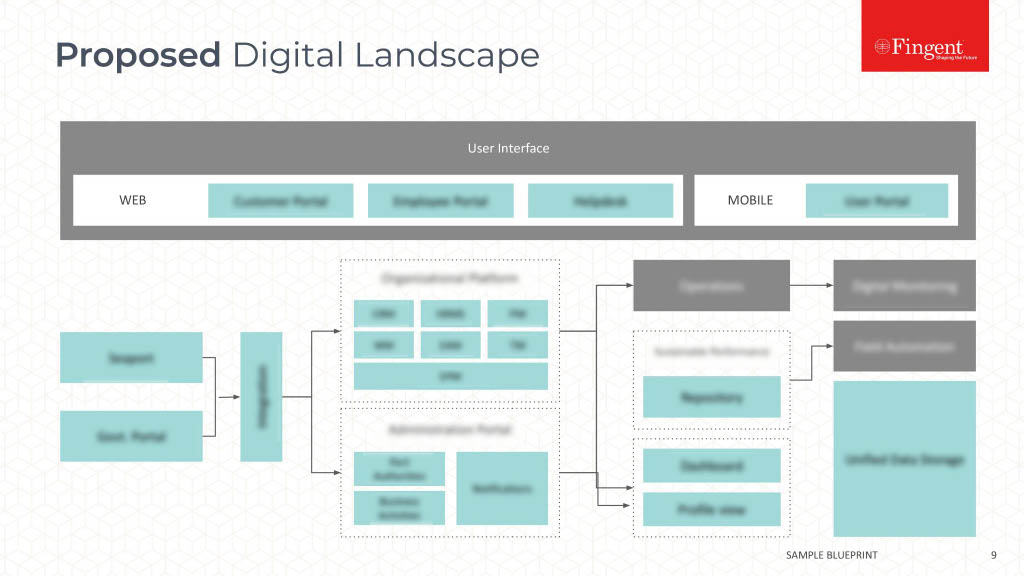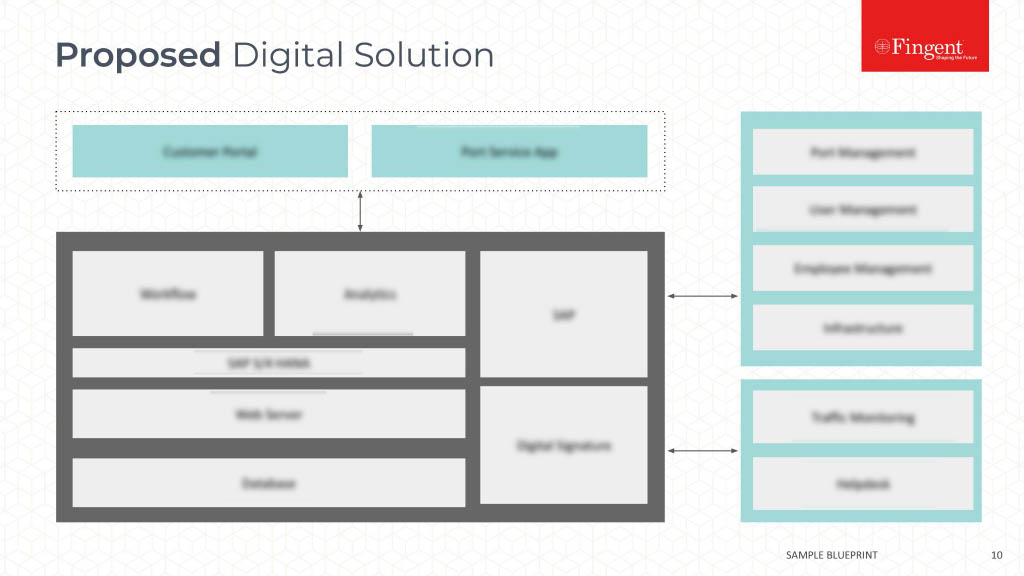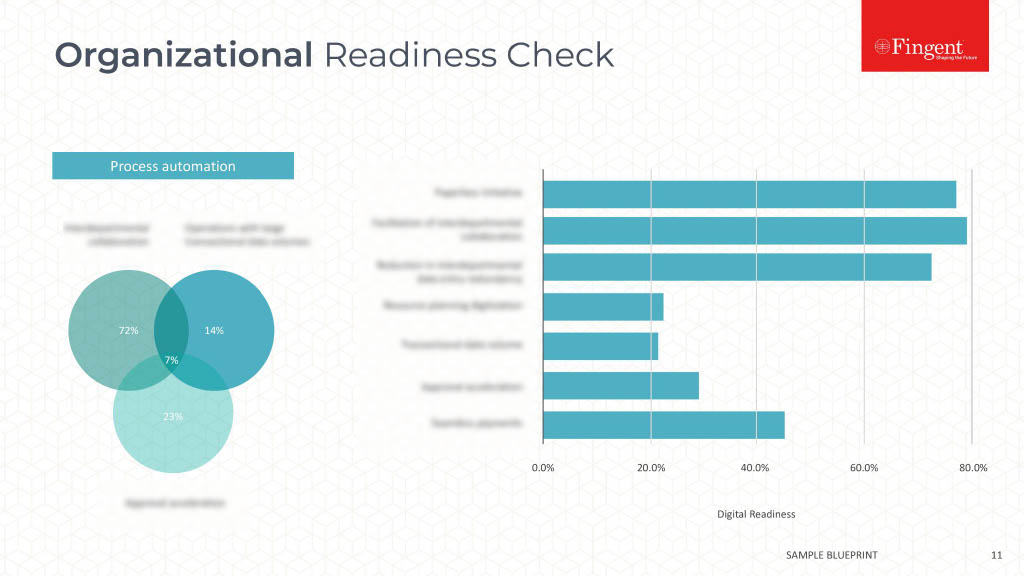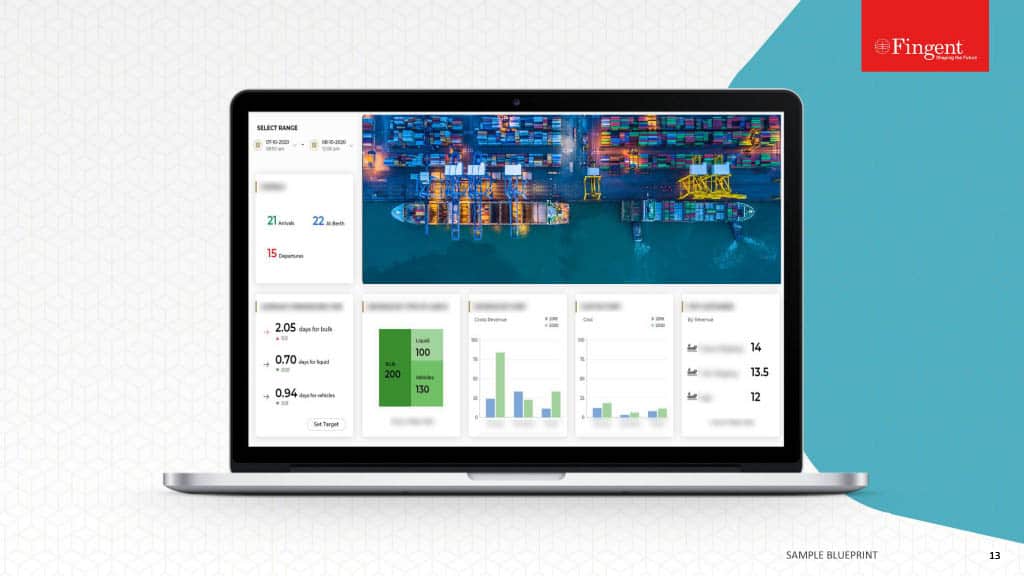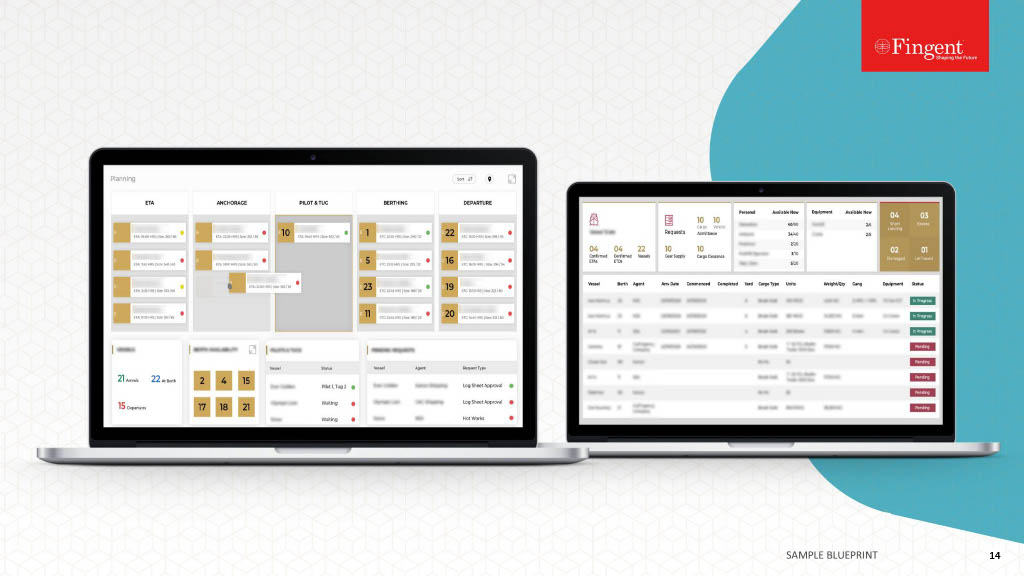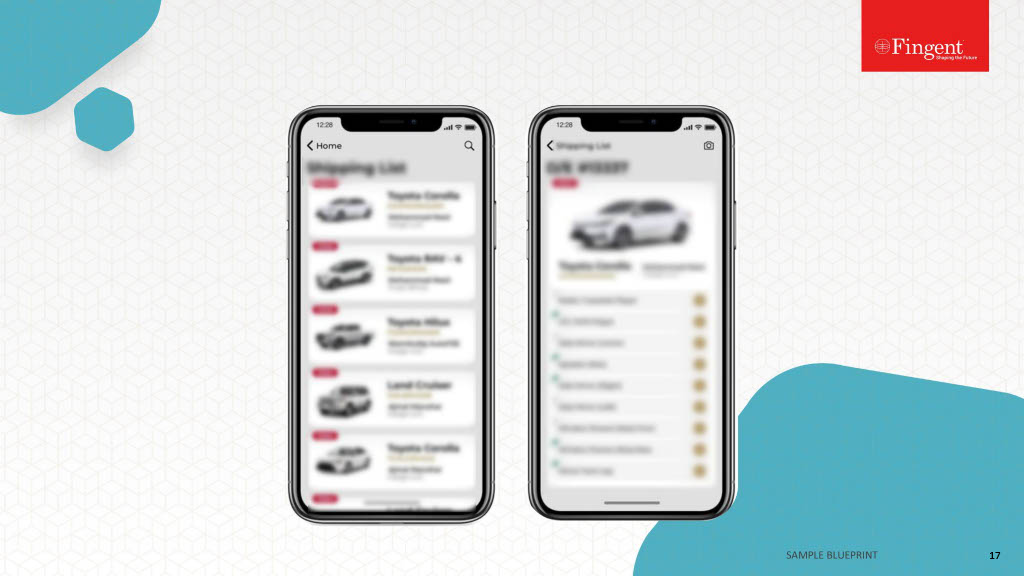Fingent Speaks: What it Takes to Build a Successful Digital Transformation Strategy
What considerations should be part of a company’s digital transformation strategy?
Smart business leaders are waking up to the fact that they need to get digital transformation “right” for their very survival. The widespread adoption of technology, rapidly changing consumer behavior, and innovation-triggered disruptions are making digital transformation a must-have for businesses.
In a recent survey by Gartner, 87% of senior business leaders responded that digitalization is a company priority and 79% of corporate strategists said that digital innovation is crucial for reinventing their businesses.
It’s clear that organizations have started thinking about digital innovation. What they need to know next is the best approach to start, lead change, and transform.
In this interview, our Senior Vice President – Process and Technology, Deepu Prakash shares his expert opinion by answering these questions:
- How do you define digital transformation?
- What does digital transformation mean to your company?
- How can a brand identify what digital transformation should mean to them?
How do you define digital transformation?
Digital transformation is the strategic, deliberate, and sustained application of modern digital technologies to deliver highly unique customer value propositions, by making fundamental changes to how a business operates.
Can you explain what digital transformation means to your company?
I look after the process and technology practice at Fingent. To us, digital innovation broadly means three things.
1. Strategic shifts
Our focus has shifted from developing products to developing platforms, both for us and for our customers. We are moving away from a value chain-based model towards managing the entire ecosystem that impacts our customer base. Today, we are on the constant lookout for partnerships that can help us provide a competitive difference to our customer base. We expect cross-industry consolidation in the near future.
Related Reading: Why Business Leaders Must Embrace Digital Adoption
2. Developing operational agility through digitally-enabled processes
We are using digital technology to cut across organizational and departmental silos to provide a better Customer Experience. This results in increased cross-department and cross-organization project management, collaboration, and integration. We are reorganizing our processes to enable experimentation and evidence-based scaling.
From a technology perspective: DevOps practices, APIs, and Unified Identity management are being rolled out across the organization. We are setting up practices to actively leverage third-party developer innovation, to reduce the time-to-market for us and our customers. In fact, one of our products INFINCE is empowering small businesses to achieve digital agility without the need to own infrastructure or an IT practice.
3. Culture and competence:
Despite being a young technology company, we have to work hard to develop the mindset needed to adapt to the massive technology shifts, across all departments. While training helps, it takes continuous coaching and mentoring to help deal with the culture shock that such transformation brings in. Roles and job descriptions may not be so clearly defined as it used to be before. Hence, there is less certainty around outcomes and an increased need for greater transparency than what we had previously.
The ability to exert influence without direct authority is a critical skill for career growth.
How other brands can identify what digital transformation should mean to them?
- Successful digital transformation is less about technology and more about leadership. Hire the right leadership talent to create a digital transformation strategy that would work for your customers and your people.
- Start by deeply re-examining your core business through your customers’ eyes. Ask yourself whether your business will continue to stay competitive or will it be sustainable going forward.
- Map out the entire set of customer journeys. Include customer interactions with your allied products and services. Map modern digital technologies to all these journeys. Identify new channels, new opportunities, and see how you can reach out through all these channels.
- Analyze your state of competition not just with the established players, but also with the startups in your industry segment and adjacent segments, especially with a view to identifying the relevant technologies, platforms, and vendors.
Related Reading: 4 Questions to Ask When Your Business Goes Digital
Need help with your digital transformation goals?
Fingent’s team is highly experienced in helping businesses solve their digital transformation challenges.
We have partnered with businesses worldwide in their digital transformation projects.
We can help you define your vision and create robust digital transformation plans that enable your business to transform and grow. To take advantage and get the ball rolling, please get in touch with Fingent top custom software development company.
Stay up to date on what's new

Recommended Posts

20 Dec 2023 B2B
Driving Smart and Sustainable Agriculture with Customized Technology!
As the world grapples with the challenges of climate change, soil degradation, and resource scarcity, agricultural organizations find themselves at a critical juncture. The urgency for adopting sustainable farming practices,……

10 Nov 2023 B2B
Is Your Digital Transformation Initiative Really Working?
To reiterate John F. Kennedy, “Change is the law of life, and those who look only to the past or present are certain to miss the future.” The digital world……

25 Jul 2023 B2B
A Quick Guide To A Successful Digital Transformation Journey!
Today, technology seamlessly weaves its way into every aspect of our daily lives. That's precisely what digital transformation is all about - a process that enables businesses to harness the……

17 Mar 2023 Retail B2B
The Future of Retail: Key Technologies for Success
Over the years, digital evolution has transformed the way we shop! The lockdowns and store closures due to the unprecedented events of 2020 has moreover accelerated this evolution and mainstreamed……
Featured Blogs
Stay up to date on
what's new












